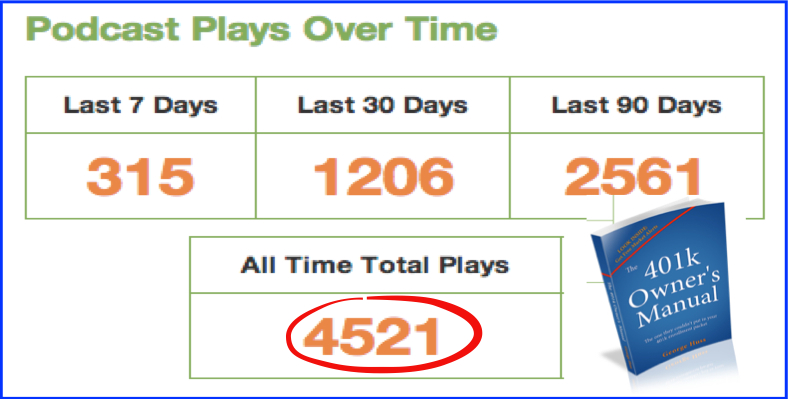401k Investment Advice: How to tell if you or someone you love is in Denial.

-
Have you ever filed away your 401k account statement without opening it?
-
Have you ever looked at losses in your 401k and assumed your financial problems will magically go away if you just hung on long enough?
-
Have you tried to get help from you company and given up when they told you to call the plan provider?
-
Have you tried to get help from your plan provider and given up when they told you to “stay the course”?
-
Have you ever blamed your company, the plan provider or the stock market for your losses?
-
Have you quit making contributions to your plan because you see no point to it?
-
Do you spend much of your time thinking about how you will ever be able to afford to quit working?
-
Have you stopped doing things you used to enjoy, because you worry about money?
-
Do you feel embarrassed or ashamed to talk to anyone about your 401k losses?
-
Do you feel like you should be able to handle your investment on your own, even though you have no education or training ~ so you do nothing?
-
Do you feel like there is simply not enough time in the day to manage your 401k on your own ~ so you do nothing?
-
Do you have no desire to educate yourself on how to manage your 401k ~ so you do nothing?
If you answered yes to three or more of the questions, can you see that denial is a problem?
While it’s easy to shrug off concerns about the future or tell yourself everything is fine, it is hard to dispute how many “yes” responses you had to these simple, straightforward questions.
Ignoring the problem or denying the reality of your situation will not help, and in fact, it will probably become worse. It is not uncommon for people to try to make up the losses by moving to a riskier asset class, hoping for greater returns. Unfortunately, hope is not an investment strategy ~ at least not a successful one.
Admitting you need help is the hardest part of overcoming the problem and avoiding another gut-wrenching loss in your 401k. Convincing yourself that things are better than, or different from, what they really are is never prudent, and often disastrous. So the key is to be rigorously honest.
While losing half of your 401k, again, is an undeniable wake-up call you have a problem, there is no need for you and your loved ones to suffer through that.
Once you realize and admit you are in denial, the next step is to seek professional help.
Overcoming denial is often the most difficult part of the process for many people.
Some things you can do:
Call your Human Resources Department and gently but firmly request a document called The Summary Plan Description. This document should explain in clear language your choices in the plan. Look to see if there are investments available other than the mutual funds on the main menu.
Specifically look to see if there is a SDBA (self-directed brokerage account) option. It may be referred to by a variety of different names: the individually directed account, personal brokerage account, self-directed option, self-directed brokerage option, self-directed brokerage window or the self-directed investment option. At Fidelity, this account is called the Fidelity BrokerageLink account. At Charles Schwab, it is called the Schwab PCRA (Personal Choice Retirement Account.) At TD Ameritrade, is called the TD Ameritrade SDBA.
Next, gather your 401k statements and write down in a notebook what investments in the plan you own. Note the number of shares, the value per share and the total value in each investment. Also note where additional contributions to the plan are going. Once you have everything in writing, you can view it more accurately.
If you can find it, look for the ticker symbol for each of the investments in the plan. This will make it easier for you or someone else to research your choice
Want more?
Enjoy unlimited access to 7 short, video tutorials which will quickly take you step-by-step through this easy process. Videos range in length from 4 to 13 min. averaging about 10 min. Just click here.
Disclaimer






